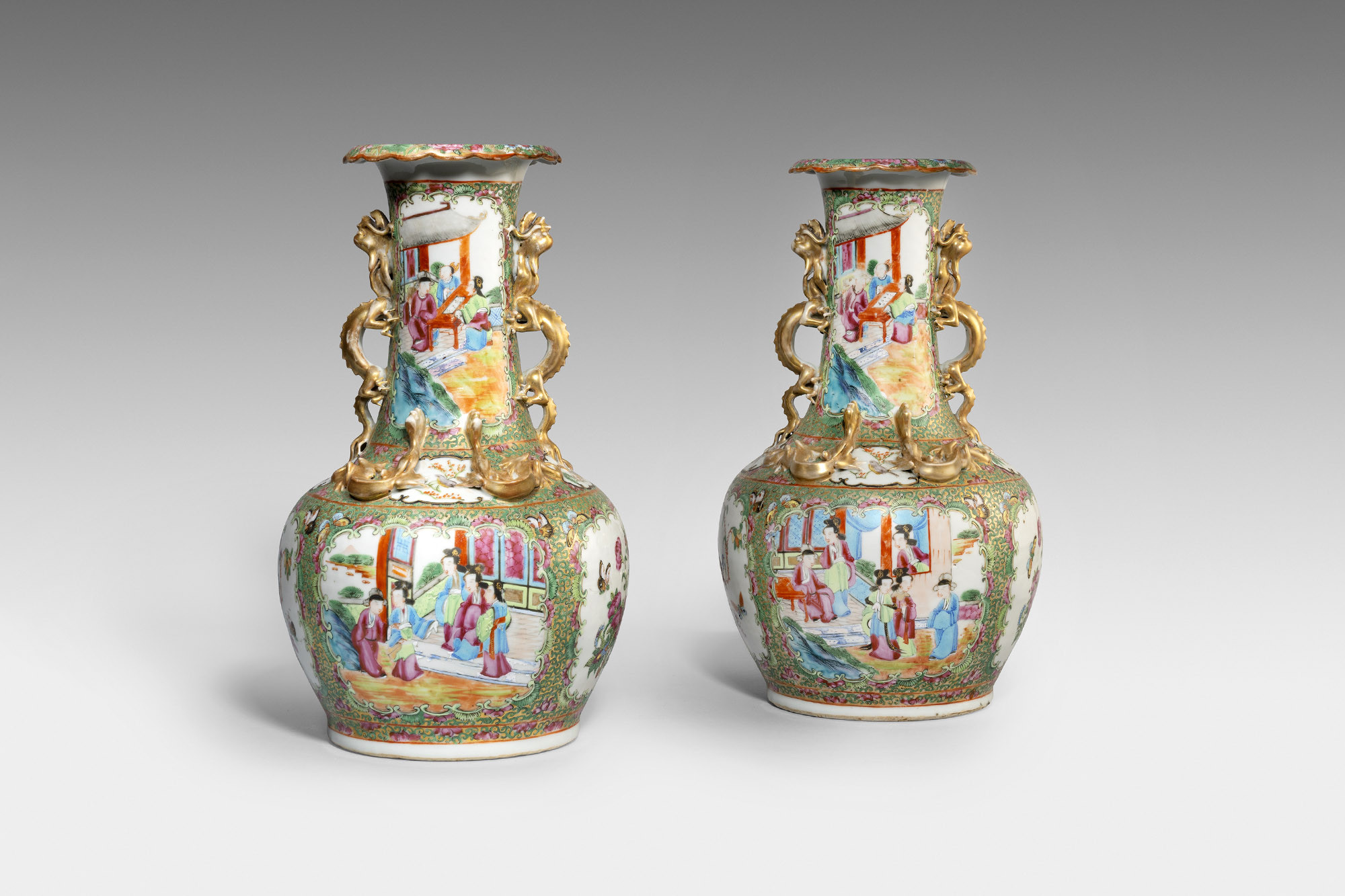

Do you want to know what it's like to work as a photographer to the Art and Antique World? Are you curious about the day-to-day operations of photographing for Art Dealers and handling some of the world's best luxury fine art throughout your career? If so, then this blog post is for you.
Having worked as a Fine Art Photographer in and around London for more than 30 years, I can provide a small insight as to what's needed to work in the art and antique industry, from working with some of the best art dealers and collectors to working for the big auction houses.
After many years of working for some industry insiders, I can give you my top tips and advice for aspiring photographers wanting to work in the art world.
Read on to learn more.

Working with art dealers can be incredibly rewarding, as you get to see some wonderful works of art up close and meet some interesting people along the way. However, it can also be quite challenging, as you are expected to capture the artwork in a way that shows it off in the best possible light - which isn't always easy. Naturally, art dealers want their pieces to look their best, outdoing the competition, and as their trusted photographer, it's your job to help the client fulfil this. As a seller of fine art, it makes absolute sense that you need a photographer who can take stunning shots of the pieces you wish to sell whilst also understanding the artwork in front of them. Letting the art shine in all its natural glory, it’s the role of a fine art photographer to tell a story with the shots.
No two days will rarely be the same and as a photographer, you'll spend your days taking pictures of artwork and meeting with interesting clients. You'll need to be familiar with different lighting techniques required for the particular artwork, and have an eye for detail. It's also important to be able to think on your feet and be creative when it comes to problem-solving.
You'll generally start your day by meeting with your client who will want to run through the items to be photographed, outlining which views and details they require to be showcased in the photographs. They'll tell you about the artworks they need to be photographed for their website and catalogues. You'll discuss different lighting techniques and how to best capture the colours and details of each individual item. Once you've agreed on a photography brief, you'll choose a suitable space to shoot, set up your equipment and get to work.

Whilst photographing, you will need to ensure all colours captured are matched to the original, and that any details required are displayed clearly on the images. Throughout the day, you may need to edit as you go along, and it's often wise to show your client how the shoot is going, by showing them some of the shots you go, simply to ensure you are supplying the client with the correct look needed. After you've finished taking pictures of the artworks you then need to ensure all files are backed up, preferably to an external drive as a safety precaution, pack your equipment up safely and head back to the office to continue your ending work.
Working as a photographer in the art world can be quite stressful. The value of the art you are expected to handle can be quite mind blowing. Handling such priceless art takes great concentration and patience, whilst still making it possible to photograph. There are often tight deadlines you need to work towards and some clients can be fairly demanding when there are marketing deadlines involved.
Working as a photographer in the art world requires a great deal of hard work and concentration. Photographers often have to work long hours, and they may have to travel frequently, sometimes nationwide or even worldwide, and although that all sounds glamorous, it's not often the case! Working abroad entails packing or organising a lot of equipment needed for the job and flying with camera equipment can result in a lot of complications and organisation. Additionally, as with all photography subjects, photographers must be constantly learning and keeping up with new trends in order to be successful.
I've had to hang off balconies, navigate stairwells with large furniture, and work all day in a freezing 30 ft underground location, mainly because of the logistics of where the artwork sits. Sometimes the artwork can't be moved, so you have to photograph a painting on a staircase, or a large stone sculpture needs to be photographed in a cluttered dusty storeroom because of course it's too large to move!
Despite the challenges that come with working as a photographer in the art world, it can also be a very rewarding job. I feel very lucky to have worked with some incredible art, with an amazing history. From jewel-encrusted books and ancient Asian art to working in Buckingham palace and working overseas in luxurious locations. Photographers who are able to succeed in the industry often find that their work is very fulfilling and it will feature in books and catalogues for years to come.

Working as a photographer in the art world is exciting and creative. No two days are ever the same, and you'll get to meet interesting people from all over the world. If you're thinking about becoming a photographer, remember that it's important to be patient, detail-oriented, and adaptable. With hard work and experience, you can certainly create a career for yourself in this competitive industry.
Whatever you're trying to photograph, the right fine art photographer can help you sell your art pieces and make them captivate the customer's imagination. To learn more about how Karen Bengall Photography can help, take a look around the website and get in touch today!